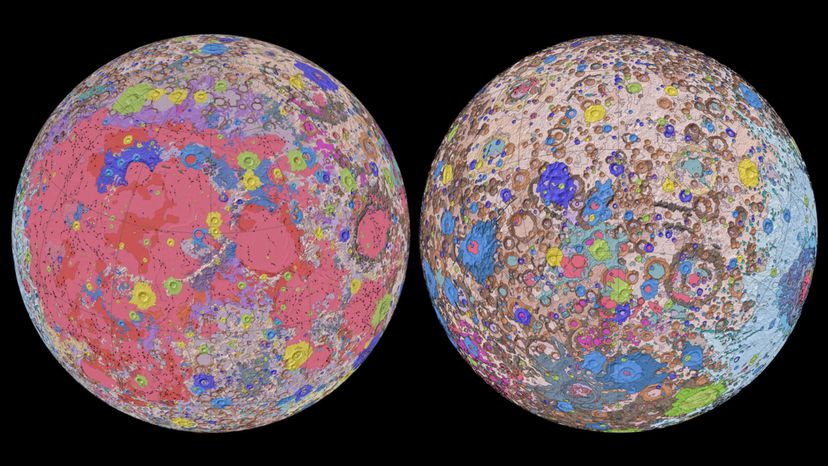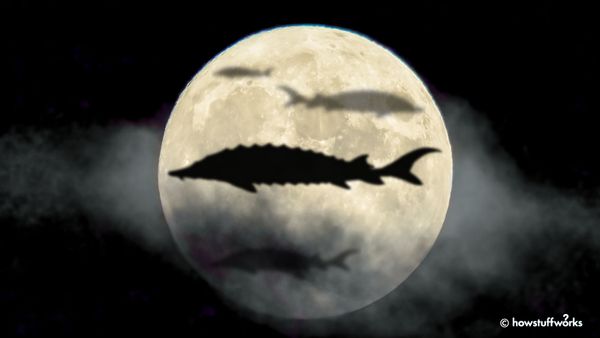
As the moon orbits Earth, you might not think it has a violent history. However, the leading theory is that it was the offspring of a gnarly collision between baby Earth and a roughly Mars-sized rock we call Theia. The moon's formation, the theory suggests, is due to the magma and rubble ejected into the atmosphere around Earth after this impact.
This all would have gone down around 4.5 billion years ago, and since the moon formed, the heat of the early Earth would have baked it and asteroids would have relentlessly pelted it.
Advertisement
But what is the moon made of? Well, initially, it started off in a molten state (think magma ocean), which solidified over the course of 100 million years, and eventually formed the moon's crust. This is all to say, the serene, white orb in the night sky belies how much action she's really seen.
With the Unified Geologic Map of the Moon, a collaboration between the USGS Astrogeology Science Center, NASA and the Lunar Planetary Institute, you can see the moon for the war hero she actually is.
Advertisement


